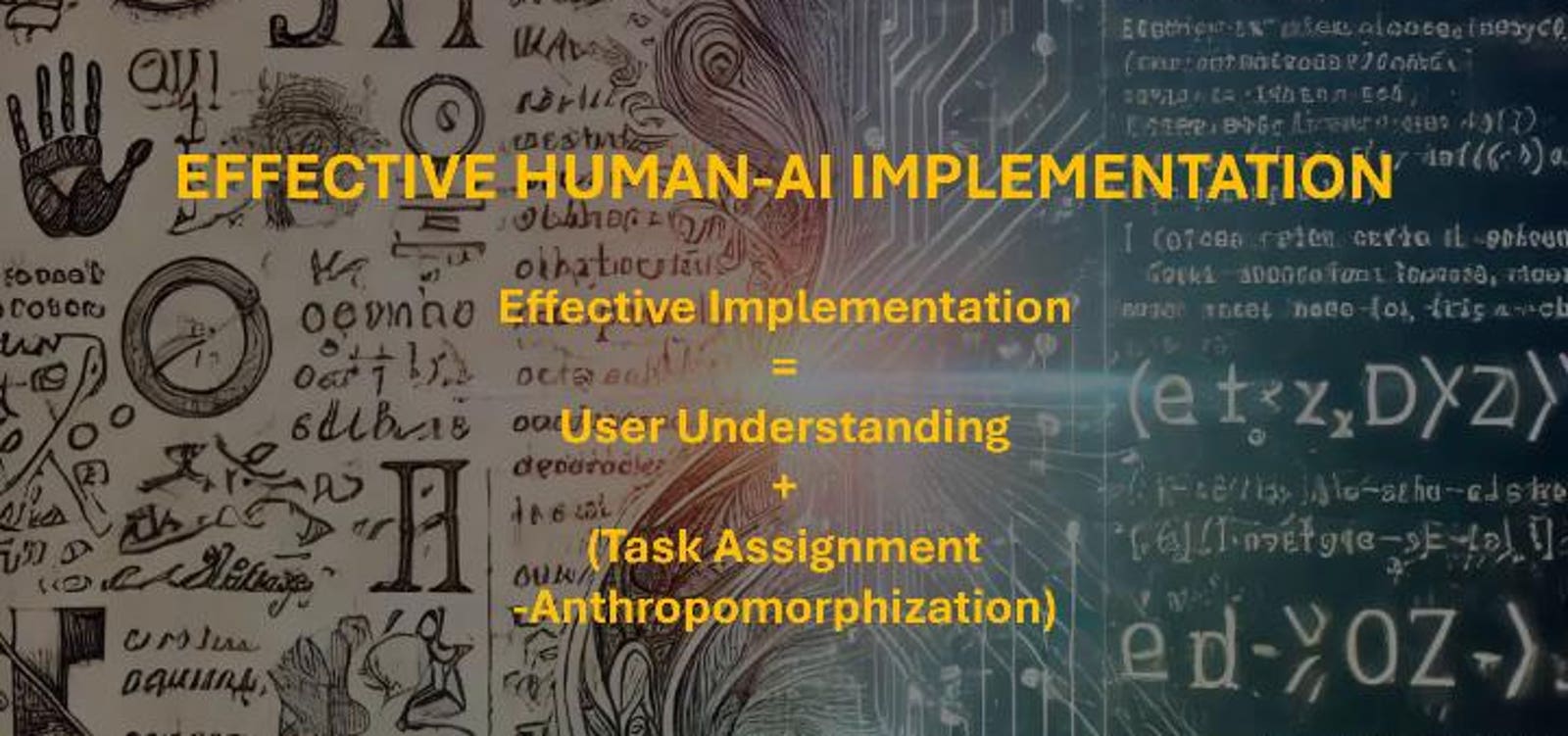AI Is Not Your Colleague: The Risk Of Humanizing Technology
Share to FacebookShare to TwitterShare to LinkedinEffective Human-AI Implementation
Charles Towers-Clark I recently wrote about AI agent capabilities – which has led me to question what human skills do AI agents lack? A fundamental misunderstanding of AI capabilities stems from our tendency to anthropomorphize – attributing human characteristics to non-human entities. This psychological phenomenon, deeply rooted in human nature, is creating challenges in how organizations approach and implement AI agent technology. Just as children instinctively attribute personalities to their toys and ancient civilizations saw gods in natural phenomena, humans have an innate need to humanize the unknown to make it comprehensible.
The Anthropomorphization Problem
With AI agents, this anthropomorphization manifests in treating AI as a colleague rather than a tool. “When you use the word agent, people think of semi-human beings doing work, but it’s really just software,” explains Rodrigo Madanes, EY’s Global Innovation AI Officer. This observation touches on a critical issue in human-AI interaction. Our natural inclination to humanize AI agents leads to unrealistic expectations about their reasoning capabilities and autonomy.
The implications run deep. When we anthropomorphize AI agents, we unconsciously attribute to them capabilities for metacognition – the ability to monitor and control one’s thought processes. However, current AI systems operate fundamentally differently from human cognition. While they can follow “chain of thought” prompting to solve problems step-by-step – essentially breaking down complex tasks into smaller sequential steps – they lack the inherent ability to evaluate multiple solution paths simultaneously or pivot strategies based on contextual understanding.
The Expert-Novice Divide
Understanding this limitation requires examining how human experts differ from novices in problem-solving. “One of the capabilities that experts have, that novices lack, is what we call metacognitive capabilities,” Madanes notes. “It’s the ability to ask ‘what are the different ways I can solve this?’ before starting, then monitor progress and change approach if needed.”
Current AI agents, despite their sophisticated programming, operate more like novices. They typically follow a single solution path, lacking the expert’s ability to maintain multiple potential approaches simultaneously. This limitation becomes particularly apparent in complex business scenarios where context and judgment matter more than computational power.
MORE FOR YOUMicrosoft Warns 400 Million Windows Users—Do Not Update Your PCThe Game Awards 2024 Live Winners List, And Game Of The YearToday’s NYT Mini Crossword Clues And Answers For Friday, December 13th Behind the anthropomorphized facade, what appears as reasoning in AI agents is actually sophisticated pattern matching combined with programmed responses. When an AI agent appears to “think through” a problem, it’s following predefined prompts and patterns rather than engaging in true metacognitive processes. Understanding this distinction is particularly important as organizations reshape how they adopt and implement AI technology.
The Evolution of AI Implementation
According to Madanes, the way organizations adopt AI agents is evolving. Rather than going through traditional IT procurement channels, end users are increasingly driving adoption, selecting and implementing AI agents based on their specific needs and use cases. This shift represents a democratization of technology adoption, allowing those closest to the work to choose tools that best fit their requirements.
This direct user adoption can lead to more effective implementation as users have intimate knowledge of their workflows and challenges, which also allows individual users to set appropriate boundaries in their daily work – knowing when to leverage AI’s computational strengths and when to apply their own judgment and contextual understanding.
Finding the Right Balance
To maximize the value of AI agents, organizations must move beyond the false dichotomy of human versus machine capabilities. Instead of seeking to replicate human cognitive abilities, the focus should be on understanding, and being comfortable with, how AI agents’ computational strengths can complement human metacognitive skills. This means designing workflows where AI handles pattern recognition and data processing tasks, while humans provide the strategic oversight and contextual understanding that AI lacks.
For example, in complex decision-making scenarios, AI agents can rapidly analyze data patterns and suggest potential solutions, but they can’t evaluate those solutions against broader business contexts or anticipate downstream implications. This is where human metacognitive abilities become crucial – in assessing which of the AI’s suggestions align with organizational goals and real-world constraints.
Success in the AI era requires a fundamental shift in how we think about human-AI collaboration. “There is some anthropomorphization going on right now,” notes Madanes. “But we need to remember that AI is just software and AI Agents are just the next level up from Gen AI.” Rather than viewing AI agents as autonomous decision-makers, organizations should approach them as sophisticated tools that enhance human capabilities.
Returning to our original question – what human skills do AI agents lack? – the answer lies in metacognition. While AI agents can follow predefined paths and process vast amounts of data, they lack the quintessentially human abilities to evaluate multiple approaches simultaneously, monitor their own progress, and adapt their strategies based on broader context. Understanding this fundamental difference, rather than anthropomorphizing AI agents, is key to creating effective human-AI partnerships that leverage the unique strengths of each.
Follow me on LinkedIn. Check out my website or some of my other work here.












 Bitcoin
Bitcoin  Ethereum
Ethereum  Tether
Tether  XRP
XRP  USDC
USDC  Solana
Solana  TRON
TRON  Lido Staked Ether
Lido Staked Ether  Dogecoin
Dogecoin